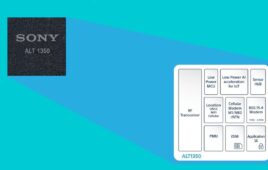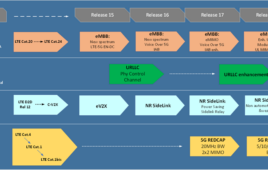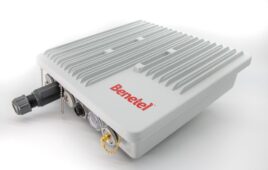Motorola announced plans to include compatibility for 700 MHz and 2.6GHz spectrum bands in its first commercial Long-Term Evolution (LTE) solutions next year. The company said the common platform will “help operators increase coverage and capacity of their networks,” and that it “intends to meet the needs of its network operator customers by incorporating both current and new frequency bands being considered for LTE into its product roadmap.”
In a company statement, Darren McQueen, vice president of Motorola’s Wireless Broadband Access Technologies unit, said: “We believe deploying LTE in the 700 MHz band is mandatory to meet the needs of wireless carriers in the U.S. market as well as a number of other countries globally. In addition, there is a clear demand for LTE in 2.6GHz spectrum band to meet the needs of GSM carriers that have already secured the spectrum in the global market.”
The company said that the timing for commercial release of its new products will be based upon a combination of general 4G spectrum licensing trends globally as well as individual customer demands.
Motorola also announced that its LTE solution will support the future LTE Time Division Duplex (TDD) variant to meet the need of operators with a TDD spectrum holding. “Leveraging our WiMAX TDD infrastructure, we have designed a common LTE platform that is capable of both LTE Frequency Division Duplex (FDD) and TDD, offering global operators the simplicity and economies of scale across markets,” McQueen added.




